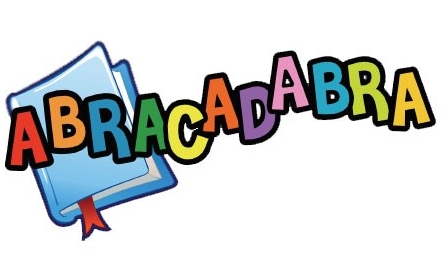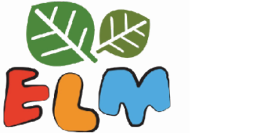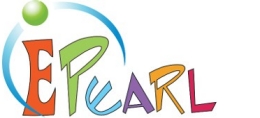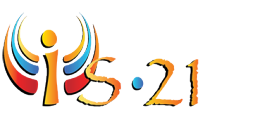ELM
Working from the concrete to abstract, dozens of interactive activities designed to develop early elementary students' (kindergarten to grade 3) understanding of foundational mathematical concepts, while reducing their math anxiety.
The Learning Toolkit+ (LTK+) is a suite of English and French tools designed to support the development of literacy, numeracy, information literacy and self-regulated learning skills.
The LTK+ is a Concordia-based initiative housed in the Centre for the Study of Learning and Performance with the goal of using evidence-based approaches to the teaching and development of foundational competencies in young children.
Designed for competency-based curricula and extensively researched, the LTK+ is a suite of five, bilingual (English/French), web-based, interactive tools targeting competencies in early literacy, early numeracy, information literacy and self-regulation. In addition to the Student module, each tool offers comprehensive, multimedia Teacher and Parent modules to support their use in the classroom and at home.
The LTK+ is stored on a school board or a school server and is accessed through teacher or student accounts. In response to the pandemic, our literacy tools and support material were consolidated on a literacy portal. These tools and resources do not require a user account, so will not produce teacher reports of student progress.
These tools have been developed over many years by multi-disciplinary teams, thanks to the generosity of many funders.
ABRA supports children's (kindergarten to grade 6) acquisition of early literacy, through dozens of engaging and interactive activities and stories. READS is an organized catalogue of hundreds of multilingual and multinational online books that may be used alongside ABRA to foster fluency and comprehension.



Working from the concrete to abstract, dozens of interactive activities designed to develop early elementary students' (kindergarten to grade 3) understanding of foundational mathematical concepts, while reducing their math anxiety.

A process (or learning) and showcase portfolio designed to develop students' self-regulated learning skills, where students can set goals, and save, revise, reflect and seek feedback on their work. ePEARL offers three levels (1 - Early elementary; 2 - Late elementary; 3 - Secondary) with levels 2 and 3 further developing the Planning, Doing, Reflection cycle.

Designed to develop middle school students' (grade 5 to 8) competencies in information literacy as they are guided through the inquiry process.
If you're ready to get started, complete the User Agreement and consult our pedagogical support. It is highly recommended that these tools are used with teacher professional development. Learn more about our teacher professional development on the Literacy portal.
Explore resources and tips on how to support the use of ABRA, ELM and IS-21 at home.
Researchers who wish to study any of the LTK+ tools, are required to complete the User Agreement.
In addition to Canada, the LTK+ has been studied in diverse geographic regions including Australia, Bangladesh, China, Hong Kong, Kenya, Morocco, Rwanda and the U.K.
© Concordia University